Purpose
This exercise helps delegates explore different conflict resolution styles by applying each one to the same situation. It encourages empathy, perspective-taking and critical thinking about when and how to use each style most effectively in the workplace.
Objective
Delegates rotate through ‘café tables’ where each table represents a different conflict management style (avoid, accommodate, collaborate, compete, compromise). At each table, they apply that style to a short workplace conflict scenario, then reflect on how the outcome would differ depending on the approach.
What You Need
- Five conflict style cards labelled, along with their descriptions:
- Avoid
- Accommodate
- Collaborate
- Compete
- Compromise
- Conflict scenarios (1 per group of 3 to 5)
- Table prompt sheets with a short explanation of the assigned style and guided questions
- Timer
Setup
- Divide the room into 5 café-style tables
- At each table, place:
- A conflict style card with a description (see below).
- A table prompt sheet with several guided questions to help the group discuss how that style would approach the scenario (see below).
- Divide delegates into small groups of 3 to 5 and assign them a table.
- Give one conflict scenario to each group.
- Allocate 6–8 minutes for each analysis, during which the group must discuss how the assigned style at that table would approach their scenario.
- Get groups to rotate through all five tables, bringing their scenario to each.
- After the final table, bring back everyone together and get groups to share their insights with reflections.
Timing
Explaining the Exercise: 5 minutes
Activity: 6–8 minutes per table rotation 30–40 minutes (based on 5 tables and one group scenario for each group)
Group Feedback & Reflection: 10–15 minutes
Discussion
After the rotations, ask delegates to reflect on the different styles and how context changes their effectiveness. Guide the group with the following questions:
- Which conflict style felt most natural for your group to apply?
- Which style felt least effective or even inappropriate in your scenario?
- Did any style surprise you in terms of potential value?
- How might your personal style differ from what the situation actually needs?
- How can awareness of these styles improve your approach to conflict at work?
Variations
- Reverse the process: Assign each table a scenario instead of a style. Groups rotate between scenarios, applying a single assigned style at each.
- Pair with personal assessment: Use a short quiz before the activity to help delegates identify their default conflict style.
Conflict Style Cards
Place one on each table:
- Avoid: Deliberately sidestepping the conflict or delaying confrontation. Useful when emotions are high or stakes are low.
- Accommodate: Yielding to the other party’s needs. Builds goodwill but can lead to resentment if overused.
- Collaborate: Working together to find a win-win solution that fully satisfies both parties. Time-consuming but effective for long-term solutions.
- Compete: Assertive and uncooperative; pursuing one's own goals at the expense of others. Can be useful in crises or when quick decisions are needed.
- Compromise: Finding a middle ground. Both parties give something up to reach a solution quickly. Often practical, but may not fully satisfy either party.
Conflict Scenarios
Give each group one of the following to carry through the tables:
- A colleague consistently misses deadlines, affecting your team's output.
- Two team members are arguing publicly during meetings.
- Your manager delegates you excessive work without asking for input.
- A team member takes credit for your idea in front of leadership.
- You disagree with a peer on how to handle a client complaint.
Table Prompt Sheet
Place one on each table:
- How would someone using this style behave in your situation?
- What might be the immediate result?
- What are the longer-term consequences for the relationship, performance or trust?
- When would this style be effective? When would it be damaging?
Soft Skills Training Materials
Get downloadable training materials
Online Train the Trainer Course:
Core Skills
Learn How to Become the Best Trainer in Your Field
All Tags
Training Resources for You
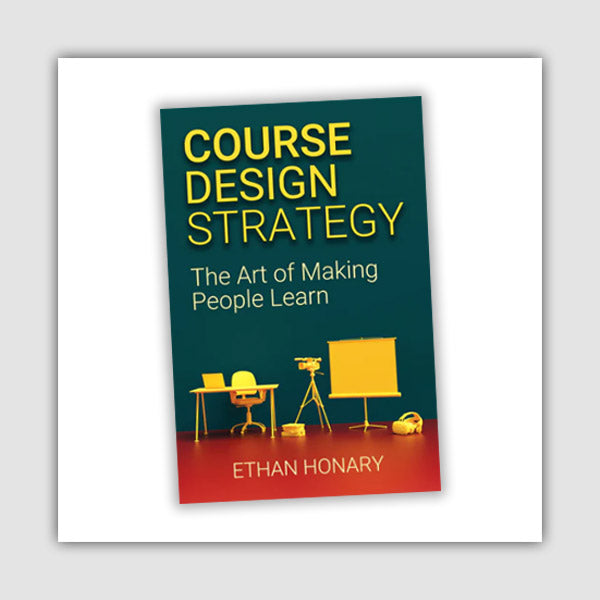
Course Design Strategy
Available as paperback and ebook

Free Training Resources
Download a free comprehensive training package including training guidelines, soft skills training activities, assessment forms and useful training resources that you can use to enhance your courses.

Our Comprehensive Guide to Body Language

Train the Trainer Resources
Get Insights - Read Guides and Books - Attend Courses
Training Materials
Get downloadable training materials on: Management Training, Personal Development, Interpersonal Development, Human Resources, and Sales & Marketing

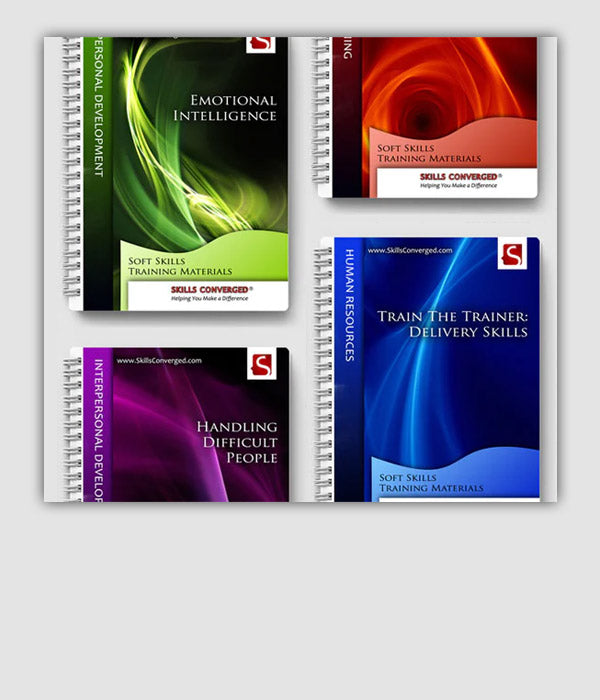


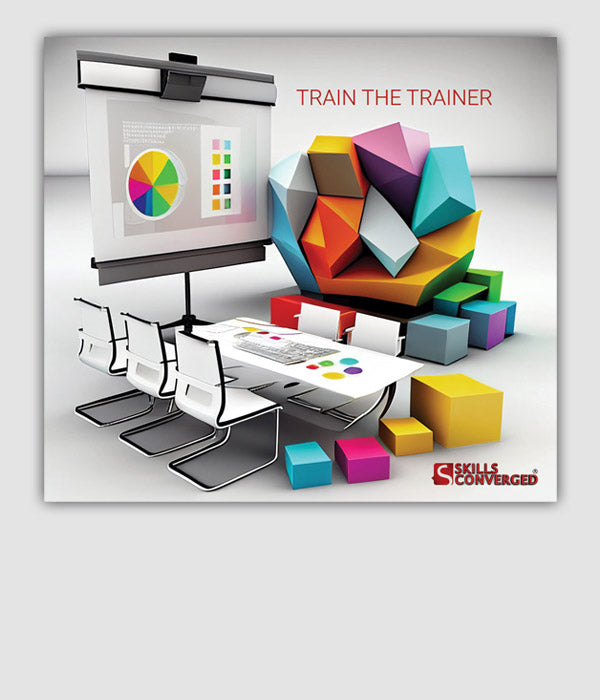
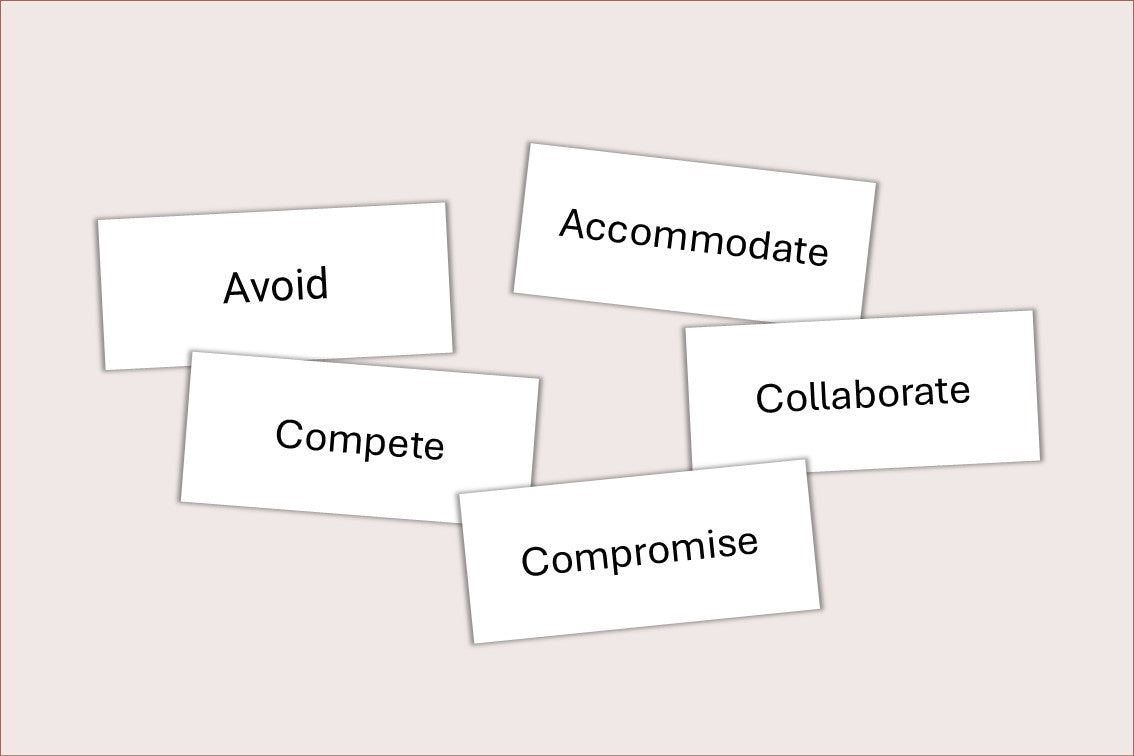





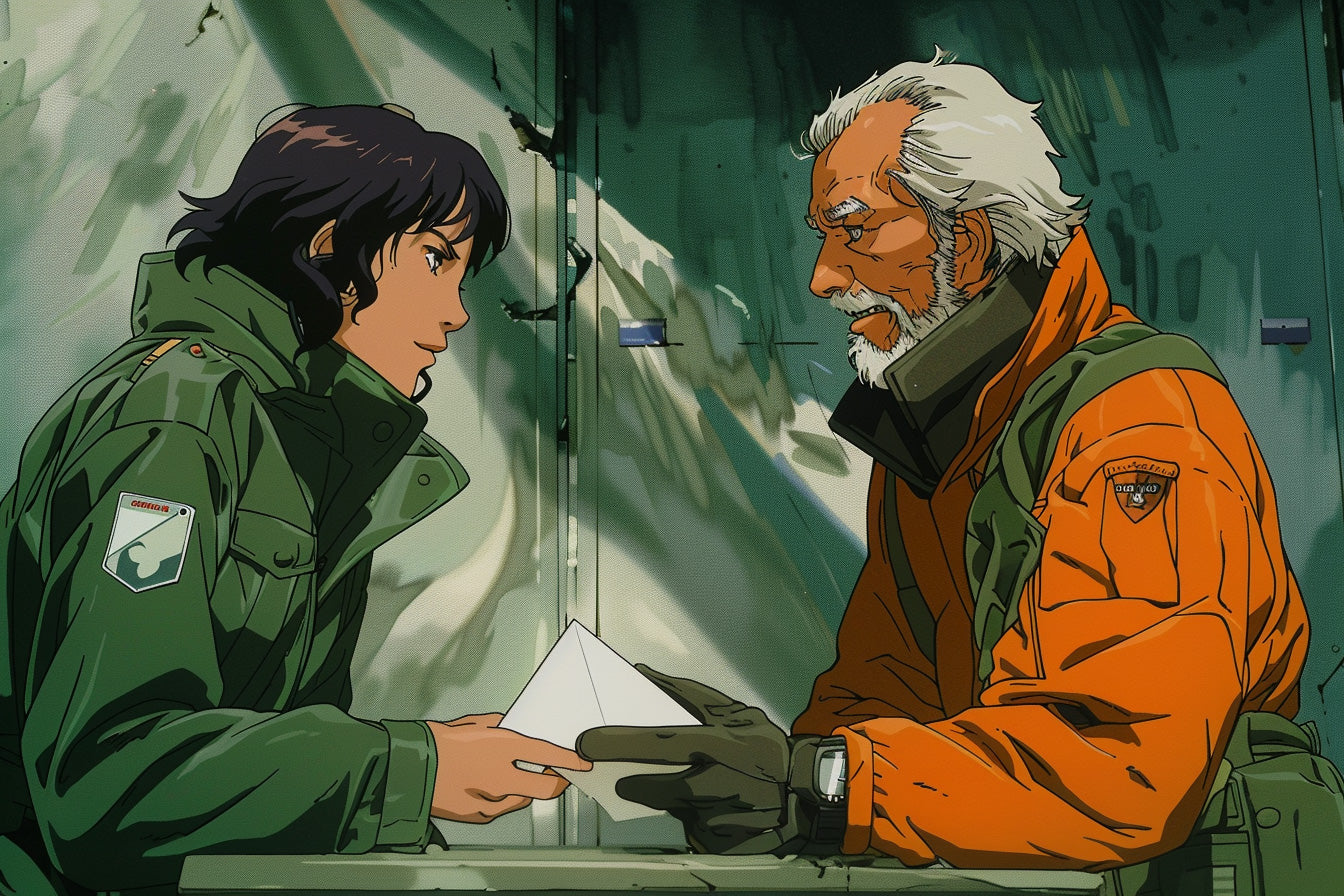


Leave a comment
All comments are moderated before being published.
This site is protected by hCaptcha and the hCaptcha Privacy Policy and Terms of Service apply.